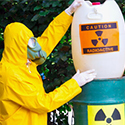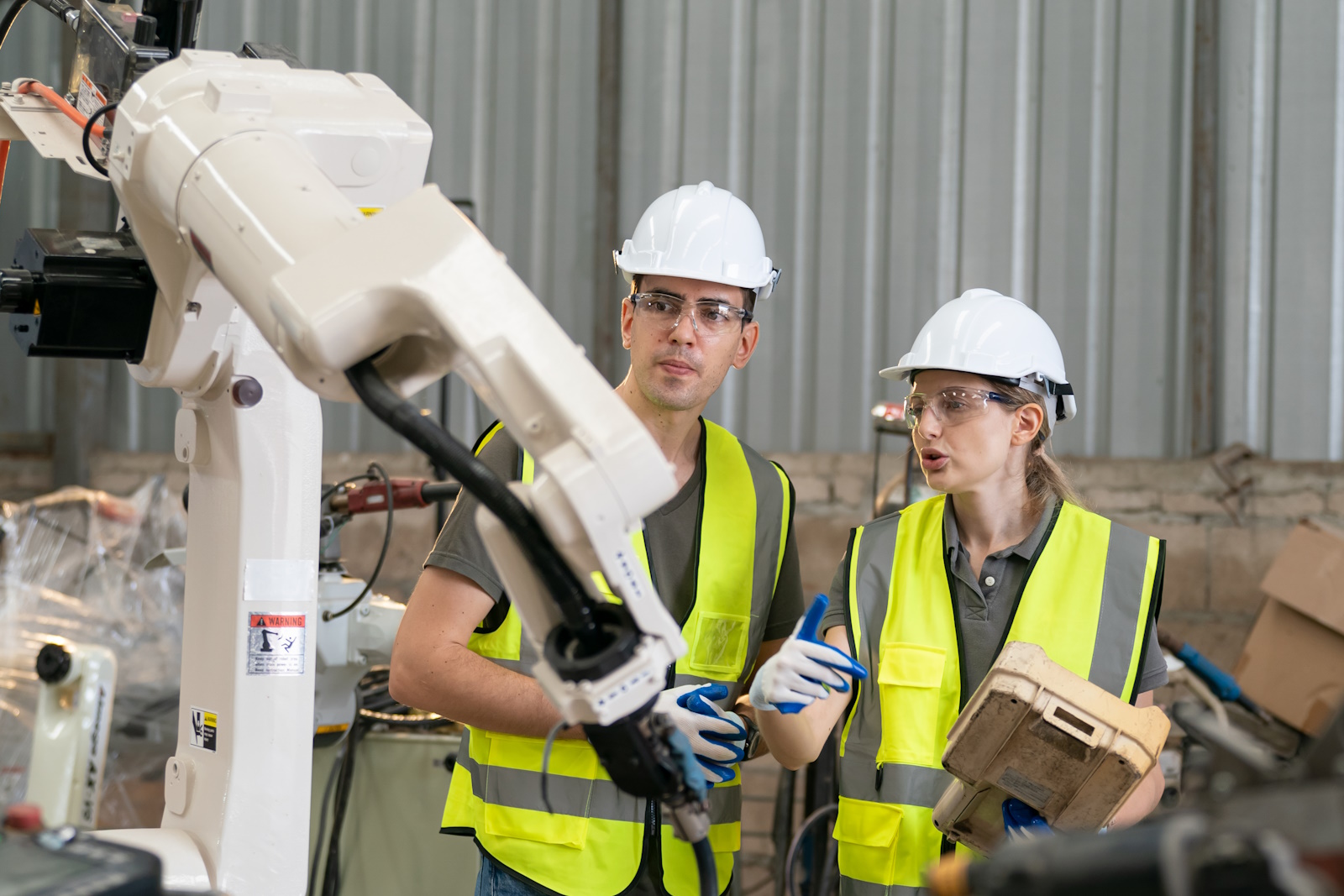Using Automation as a Medical Waste Company
Healthcare facilities generate large volumes of medical waste daily, including materials that are hazardous, infectious, and potentially harmful to humans and the environment. Proper segregation and disposal of this waste are critical to preventing contamination, disease transmission, and environmental damage. Traditionally, a medical waste company has relied on manual sorting and handling, which carries risks such as human exposure to dangerous substances and inconsistent waste classification. The advent of automation and robotics presents a transformative opportunity to elevate safety standards, increase operational efficiency, and ensure strict regulatory compliance in medical waste management.
Automation technologies, particularly robotics combined with artificial intelligence, are now being integrated into various stages of medical waste segregation and disposal. These technologies not only reduce the physical risks to workers but also enhance the precision of waste classification and streamline processes such as collection, sterilisation, and tracking.
Robotic Sorting Systems: Precision in Waste Segregation
Robotic sorting systems have become essential tools for any medical waste company aiming to improve segregation accuracy. These systems use advanced sensors, cameras, and AI algorithms to identify and separate various types of waste automatically. By distinguishing between infectious waste, sharps, recyclable materials, and general refuse, robotic sorters help minimise cross-contamination and ensure compliance with strict disposal guidelines. This automation reduces the need for manual handling, protecting workers from exposure to hazardous substances, a key concern for any medical waste company.
The precision provided by robotic sorting systems also helps optimise downstream processes such as sterilisation and disposal by ensuring that waste streams are cleanly separated. This results in fewer errors, lower operational costs, and enhanced environmental outcomes. For medical waste companies, integrating these robotic systems means higher throughput and consistent quality control, which is essential for meeting both local regulations and international best practices.
AI-Powered Waste Classification: Smart Decision-Making
Artificial intelligence is revolutionising medical waste segregation by enabling more nuanced and accurate classification of waste materials. AI-powered systems analyse visual characteristics, chemical markers, and sometimes even the shape or texture of waste items to classify them with a high degree of accuracy. This capability is especially valuable in complex healthcare environments where waste types are varied and often difficult to distinguish.
By using AI for classification, medical waste companies can achieve more efficient sorting that aligns with environmental regulations and safety protocols. The enhanced accuracy reduces contamination risks in waste streams and supports effective recycling efforts when applicable. Furthermore, AI-driven classification provides valuable data insights that help optimise waste management strategies and resource allocation, making the entire process more sustainable and cost-effective.
Automated Waste Collection Units: Autonomous Transport Solutions
Automated waste collection units represent a significant advancement in how medical waste is transported within healthcare facilities. These autonomous machines or vehicles navigate hospital corridors, collection points, and waste storage areas to gather medical waste safely and efficiently. Their deployment helps medical waste companies reduce the reliance on human staff for hazardous waste transportation, thereby minimising contamination risks and improving hygiene standards.
Equipped with sensors and navigation systems, these units operate independently, avoiding obstacles and following preset routes efficiently. Some units also incorporate disinfection functions, using UV light or chemical sprays during transport to neutralise pathogens. Such innovation enhances safety and boosts operational efficiency for any medical waste company focused on delivering reliable and compliant waste handling services.
Robotic Sterilisation Technologies: Ensuring Safe Disposal
Sterilisation is a crucial step in the medical waste disposal process, and robotics is playing an increasing role in making this step safer and more efficient. Robots equipped with UV-C light emitters or chemical disinfectant sprayers can sterilise medical waste without requiring human contact, reducing exposure risks for workers. UV-C sterilisation, in particular, has been shown to be highly effective in neutralising bacteria, viruses, and antibiotic-resistant pathogens on medical waste surfaces.
Automated sterilisation ensures consistent, high-quality disinfection, preparing waste for safe disposal or further processing such as incineration or recycling. For a medical waste company, this automation means faster processing times and reduced reliance on manual labour for hazardous tasks. Overall, robotic sterilisation enhances safety, compliance, and operational efficiency.
Integration with Waste Tracking Software: Real-Time Monitoring
The integration of robotics with waste tracking software provides medical waste companies with real-time visibility and control over the entire waste management process. By combining physical waste handling automation with digital tracking, companies can monitor waste generation, segregation status, storage times, and disposal activities with precision. Sensors embedded in robotic units can measure waste volumes, trigger alerts for pickups, and ensure proper documentation of waste handling.
This digital oversight improves accountability and transparency, essential factors for meeting the requirements of health departments and environmental agencies. Moreover, real-time tracking enables medical waste companies to optimise their logistics, reduce waste accumulation, and provide accurate reporting for audits or regulatory inspections. The ability to monitor waste streams end-to-end significantly enhances the quality and reliability of medical waste services.
Challenges in Automation Adoption: Navigating Obstacles
Despite the clear benefits of robotics and automation, medical waste companies face several challenges in implementing these technologies. A significant barrier is the technical complexity of integrating new systems with existing infrastructure, which may require extensive customisation and specialised maintenance. Additionally, high upfront investment costs and ongoing operational expenses can deter smaller companies from adopting these advanced solutions.
Regulatory considerations also play a crucial role. Medical waste management is tightly regulated, and variations in legislation across regions—including South Africa’s National Environmental Management: Waste Act and associated regulations—require that automation systems meet strict standards for safety and compliance. Medical waste companies must navigate these legal frameworks carefully to ensure their automated solutions are compliant and accepted by regulatory bodies. Training personnel to work alongside automated systems and managing change within organisations are further challenges that companies must address.
Future Trends in Robotics for Medical Waste Management
The future of medical waste management lies in continuous technological innovation. Emerging developments such as swarm robotics, where multiple robots collaborate seamlessly to manage waste more efficiently, promise to increase operational flexibility and resilience. Advanced sensor technologies will further enhance the precision of waste detection and classification, enabling even smarter segregation.
Sustainability remains a growing focus, with increasing efforts to integrate waste-to-energy conversion and environmentally responsible recycling methods into medical waste workflows. As AI and robotics become more accessible and affordable, a broader range of medical waste companies are expected to adopt these technologies globally. This trend will drive safer, more efficient, and environmentally sustainable medical waste management practices worldwide.
Automation and robotics are reshaping the landscape of medical waste segregation and disposal. By reducing human exposure to hazardous materials, improving sorting accuracy, and streamlining collection and sterilisation, these technologies help medical waste companies comply with regulatory standards while safeguarding public health and the environment. The integration of real-time tracking further enhances transparency and operational control. Despite challenges, the benefits of adopting automation in medical waste management are clear and increasingly essential.
At A-Thermal, we are dedicated to supporting medical waste companies with innovative, sustainable, and compliant solutions. Our expertise in combining advanced technology with environmental responsibility ensures safe and efficient medical waste disposal tailored to your needs. Contact us today to discover how we can help your medical waste company improve safety, efficiency, and compliance.







